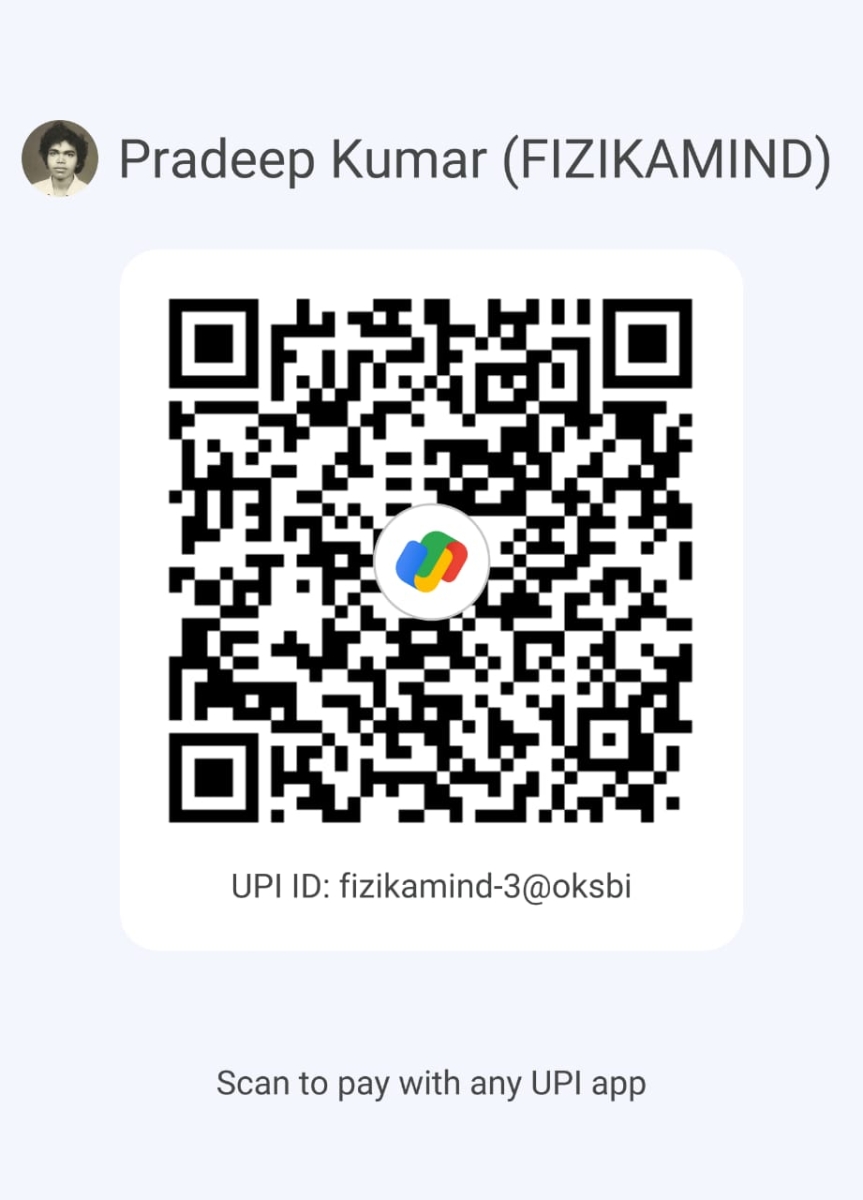Mobile applications have become must for all scale businesses...
Call +91 - 9410432378
Course On Computer Concepts (CCC)

SYLLABUS FOR
Course On Computer Concepts (CCC)
OBJECTIVE:
The course is designed to equip a person to use computers for professional as well as day to day use. It provides theoretical background as well as in depth knowledge of Software/ packages. After completing the course the incumbent will be digitally literate and will be able to:
- acquire confidence in using computer techniques available to users;
- recognise the basic components of computers and terminology;
- understand data, information and file management;
- create documents using Word processor, Spreadsheet & Presentation Software ;
- understand computer networks, and browse the internet, content search, email and collaborate with peers;
- use e-governance applications; and use computer to improve existing skills and learn new skills
- use internet for digital financial services
The module on financial literacy will enable the individuals to understand the various financial services and be aware of the various schemes of Government of India.
DURATION:
80 Hours. (Theory: 25 hrs + Practical: 50 hrs. + Tutorial: 05 hrs.) This course can also be offered as 10 days full time intensive course.
ALLOCATION OF TOTAL HOURS FOR EACH CHAPTER:
|
S.No. |
Chapter |
Theory Hours |
Tutorial Hours |
Practical Hours |
|
1. |
Introduction to computer |
2 |
1 |
4 |
|
2. |
Introduction to GUI Based Operating System |
3 |
- |
8 |
|
3. |
Elements of Word Processing |
3.5 |
2 |
9 |
|
4. |
Spreadsheets |
3.5 |
2 |
10 |
|
5. |
Introduction to Internet, WWW and web browsers |
6 |
- |
8 |
|
6. |
Communication and Collaboration |
2 |
- |
2 |
|
7. |
Application of presentations |
4 |
- |
8 |
|
8. |
Application of Digital Financial Services |
1 |
- |
1 |
|
|
Total Hours |
25 |
5 |
50 |
DETAILED SYLLABUS
1.INTRODUCTION TO COMPUTER
1.0 Introduction
1.1 Objectives
1.2 What is Computer?
1.2.1 History of Computers
1.2.2 Characteristics Of Computer System
1.2.3 Basic Applications of Computer
1.3 Components of Computer System
1.3.1 Central Processing Unit
1.3.2 Keyboard, mouse and VDU
1.3.3 Other Input devices
1.3.4 Other Output devices 1.3.5 Computer Memory
1.4 Concept of Hardware and Software
1.4.1 Hardware
1.4.2 Software
1.4.2.1Application Software 1.4.2.2Systems software
1.4.3 Programming Languages
1.5 Representation of Data/Information
1.6 Concept of Data processing
1.7 Applications of IECT
1.7.1 e-governance
1.7.2 Multimedia and Entertainment
1.8 Summary
1.9 Model Questions and Answers
2.INTRODUCTION TO GUI BASED OPERATING SYSTEM
2.0 Introduction
2.1 Objectives
2.2 Basics of Operating System
2.2.1 Operating system
2.2.2 Basics of popular operating system (LINUX, WINDOWS)
2.3 The User Interface
2.3.1 Task Bar
2.3.2 Icons
2.3.3 Start Menu
2.3.4 Running an Application
2.4 Operating System Simple Setting
2.4.1 Changing System Date And Time
2.4.2 Changing Display Properties
2.4.3 To Add Or Remove A Windows Component
2.4.4 Changing Mouse Properties
2.4.5 Adding and removing Printers
2.5 File and Directory Management
2.6 Types of files
2.7 Summary
2.8 Model Questions and Answers
3.ELEMENTS OF WORD PROCESSING
3.0 Introduction
3.1 Objectives
3.2 Word Processing Basics
3.2.1 Opening Word Processing Package
3.2.2 Menu Bar
3.2.3 Using The Help
3.2.4 Using The Icons Below Menu Bar
3.3 Opening and closing Documents
3.3.1 Opening Documents
3.3.2 Save and Save as
3.3.3 Page Setup
3.3.4 Print Preview
3.3.5 Printing of Documents
3.4 Text Creation and manipulation
3.4.1 Document Creation
3.4.2 Editing Text
3.4.3 Text Selection
3.4.4 Cut, Copy and Paste
3.4.5 Font and Size selection
3.4.6 Alignment of Text
3.5 Formatting the Text
3.5.1 Paragraph Indenting
3.5.2 Bullets and Numbering
3.5.3 Changing case
3.6 Table Manipulation
3.6.1 Draw Table
3.6.2 Changing cell width and height
3.6.3 Alignment of Text in cell
3.6.4 Delete / Insertion of row and column
3.6.5 Border and shading
3.7 Summary
3.8 Model Questions and Answers
4.SPREAD SHEET
4.0 Introduction
4.1 Objectives
4.2 Elements of Electronic Spread Sheet
4.2.1 Opening of Spread Sheet
4.2.2 Addressing of Cells
4.2.3 Printing of Spread Sheet
4.2.4 Saving Workbooks
4.3 Manipulation of Cells
4.3.1 Entering Text, Numbers and Dates
4.3.2 Creating Text, Number and Date Series
4.3.3 Editing Worksheet Data
4.3.4 Inserting and Deleting Rows, Column
4.3.5 Changing Cell Height and Width
4.4 Function and Charts
4.4.1 Using Formulas
4.4.2 Function
4.4.3 Charts
4.5 Summary
4.6 Model Questions and Answers
5.INTRODUCTION TO INTERNET, WWW AND WEB BROWSERS
5.0 Introduction
5.1 Objectives
5.2 Basics of Computer Networks
5.2.1 Local Area Network (LAN)
5.2.2 Wide Area Network (WAN)
5.3 Internet
5.3.1 Concept of Internet
5.3.2 Basics of Internet Architecture
5.4 Services on Internet
5.4.1 World Wide Web and Websites
5.4.2 Communication on Internet
5.4.3 Internet Services
5.5 Preparing Computer for Internet Access
5.5.1 ISPs and examples (Broadband/Dialup/WiFi)
5.5.2 Internet Access Techniques
5.6 Web Browsing Software
5.6.1 Popular Web Browsing Software
5.7 Configuring Web Browser
5.8 Search Engines
5.8.1 Popular Search Engines / Search for content
5.8.2 Accessing Web Browser
5.8.3 Using Favorites Folder
5.8.4 Downloading Web Pages
5.8.5 Printing Web Pages
5.9 Summary
6.10 Model Questions and Answers
6.COMMUNICATION AND COLLABORATION
6.0 Introduction
6.1 Objectives
6.2 Basics of E-mail
6.2.1 What is an Electronic Mail
6.2.2 Email Addressing
6.2.3 Configuring Email Client
6.3 Using E-mails
6.3.1 Opening Email Client
6.3.2 Mailbox: Inbox and Outbox
6.3.3 Creating and Sending a new E-mail
6.3.4 Replying to an E-mail message
6.3.5 Forwarding an E-mail message
6.3.6 Sorting and Searching emails
6.4 Advance email features
6.4.1 Sending document by E-mail
6.4.2 Activating Spell checking
6.4.3 Using Address book
6.4.4 Sending Softcopy as attachment
6.4.5 Handling SPAM
6.5 Instant Messaging and Collaboration
6.5.1 Using Smiley
6.5.2 Internet etiquettes
6.6 Summary
6.7 Model Questions and Answers
7.APPLICATION OF PRESENTATIONS
7.0 Introduction
7.1 Objectives
7.2 Basics
7.2.1 Using PowerPoint
7.2.2 Opening A PowerPoint Presentation
7.2.3 Saving A Presentation
7.3 Creation of Presentation
7.3.1 Creating a Presentation Using a Template
7.3.2 Creating a Blank Presentation
7.3.3 Entering and Editing Text
7.3.4 Inserting And Deleting Slides in a Presentation
7.4 Preparation of Slides
7.4.1 Inserting Word Table or An Excel Worksheet
7.4.2 Adding Clip Art Pictures
7.4.3 Inserting Other Objects
7.4.4 Resizing and Scaling an Object
7.5 Providing Aesthetics
7.5.1 Enhancing Text Presentation
7.5.2 Working with Color and Line Style
7.5.3 Adding Movie and Sound
7.5.4 Adding Headers and Footers
7.6 Presentation of Slides
7.6.1 Viewing A Presentation
7.6.2 Choosing a Set Up for Presentation
7.6.3 Printing Slides And Handouts
7.7 Slide Show
7.7.1 Running a Slide Show
7.7.2 Transition and Slide Timings
7.7.3 Automating a Slide Show
7.8 Summary
7.9 Model Questions and Answers
8.APPLICATION OF DIGITAL FINANCIAL SERVICES
8.0 Introduction
8.1 Objectives
8.2 Why Savings are needed?
8.2.1 Emergencies
8.2.2 Future Needs
8.2.3 Large expenses
8.3 Drawbacks of keeping Cash at home
8.3.1 Unsafe
8.3.2 Loss of Growth Opportunity
8.3.3 No Credit Eligibility
8.4 Why Bank is needed?
8.4.1 Secure Money, Earn Interest, Get Loan
8.4.2 Inculcate habit of saving
8.4.3 Remittances using Cheque Demand Draft
8.4.4 Avoid risk of chit funds, sahukars
8.5 Banking Products
8.5.1 Types of Accounts and Deposit
8.5.2 Types of Loan and Overdrafts
8.5.3 Filling up of Cheques, Demand Drafts
8.6 Documents for Opening Accounts
8.6.1 Know your Customer (KYC)
8.6.2 Photo ID Proof, Address Proof
8.6.3 Indian Currency
8.7 Banking Service Delivery Channels - I
8.7.1 Bank Branch, ATM
8.7.2 Bank Mitra with Micro ATM
8.7.3 Point of Sales
8.8 Banking Service Delivery Channels - II
8.8.1 Internet Banking
8.8.2 National Electronic Fund Transfer (NEFT),Real Time Gross Settlement (RTGS)
8.9 Insurance
8.9.1 Necessity of Insurance
8.9.2 Life Insurance and Non-life Insurance
8.10 Various Schemes
8.10.1 Pradhan Mantri Jan-Dhan Yojana (PMJDY)
8.10.2 Social Security Schemes
8.10.2.1 Pradhan Mantri Suraksha Bima Yojana (PMSBY)
8.10.2.2 Pradhan Mantri Jeevan Jyoti Bima Yojana (PMJJBY)
8.10.2.3 Atal Pension Yojana (APY)
8.10.2.4 Pradhan Mantri Mudra Yojana (PMMY)
8.10.3 National Pension Scheme
8.10.4 Public Provident Fund (PPF) Scheme
8.11 Bank on your mobile
8.11.1 Mobile Banking
8.11.2 Mobile Wallets
8.13 Summary
8.14 Model Answers
--xxx--
FIZIKA MIND
Payment Information

Website Developed by us
Contact us
Fizikamind Infotech Pvt. Ltd.
Kipps Enclave Shastri Nagar Bareilly, IN
Cont. no. +91-9411029100
info@fizikamind.com(link sends e-mail)
Get in touch with us
FIZIKA MIND
Best website developer in bareilly
Design by WeebPal.






















